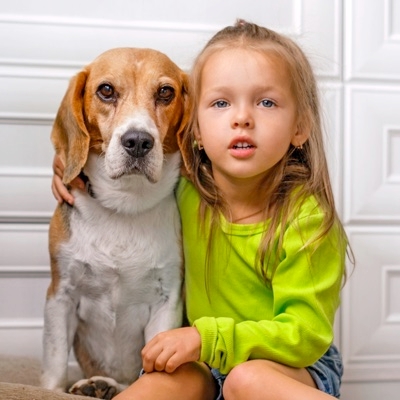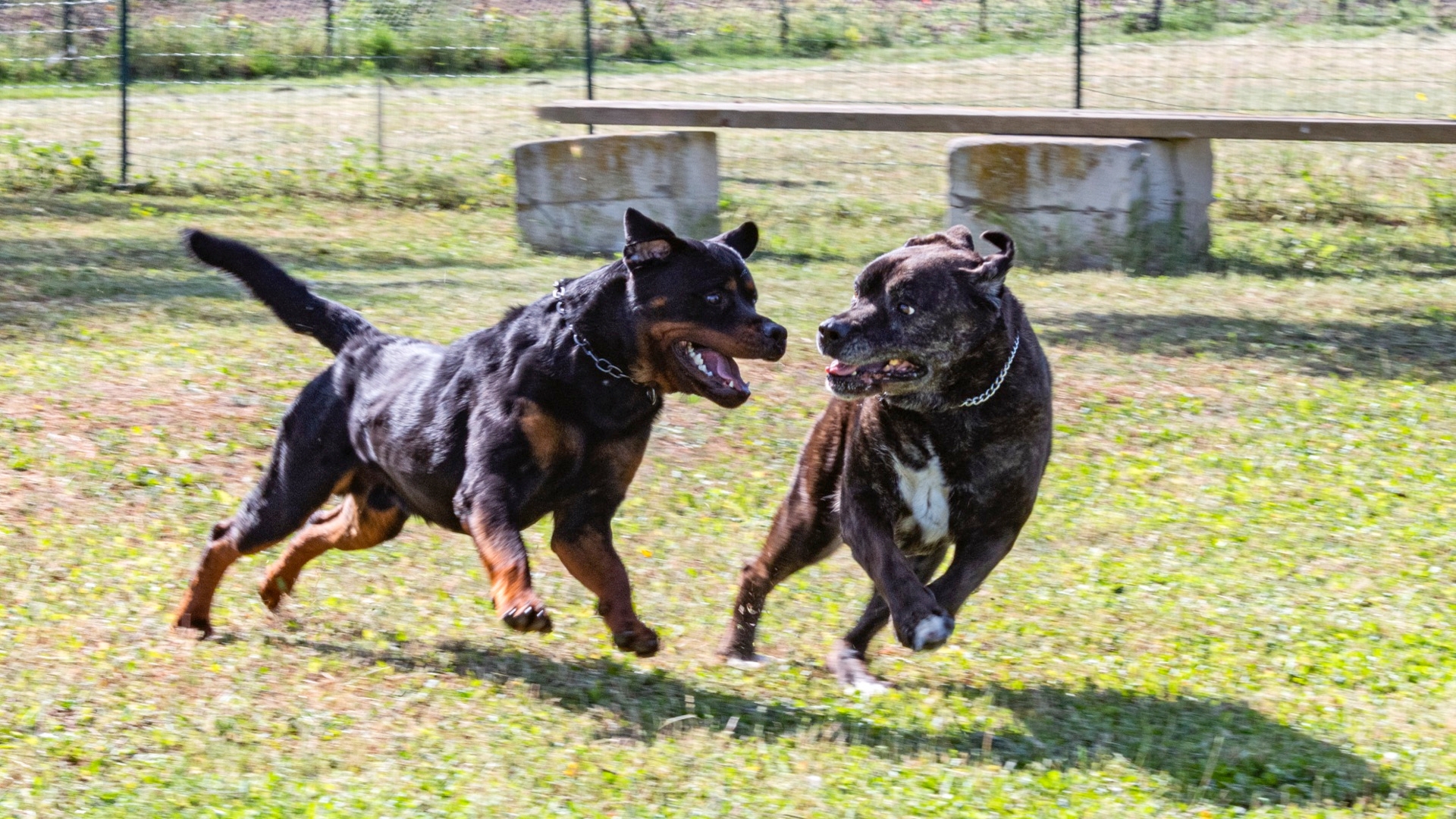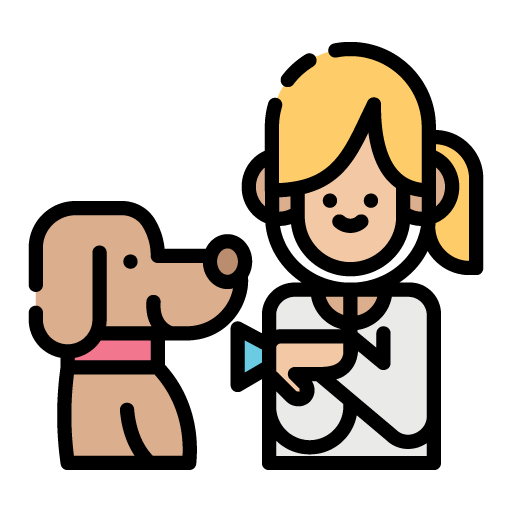Preventing Dog Bites On Children:
Summary:
Here are some guidelines for selecting a veterinarian for your pet. It's by no means an exhaustive list, but we hope it will help you to pinpoint the right person for you and for your animal. Our pets give us so much that the least we can do for them is to find the best doctor around.


By Sherry Woodard
Children can have the most amazing relationships with dogs if both are taught how to properly interact and respect each other. Proper training and management of both children and dogs can prevent tragedies from ever happening.
When a child is bitten, both the child and the dog pay a high price. Even if the child is not physically damaged, he or she is still emotionally affected. The dog may end up homeless (and a - poor adoption prospect) in a shelter or be destroyed as a future safety precaution.
What does my child need to know to prevent dog bites?
-
Teach your children that they should never tease or throw things at a dog. Teach them to be especially gentle and calm around dogs that they don't know.
-
Teach your children the proper ways to pet a dog and tell them not to pet strange dogs without asking permission. Tugging on a dog's ears or tail can be painful, and the dog might feel the need to bite. It is also important to teach your children not to hug dogs, especially dogs you don't know. That type of "confinement"can be scary to a dog and it brings the child's face close to the dog's face, which can make the dog uncomfortable.
-
Tell your children not to run, jump or scream around an unfamiliar dog, since you are unaware of what actions may cause fear or predatory behavior in that animal.
-
Remind your children not to stare at a dog when interacting with the animal. Children are often the same size as dogs and may stare into a dog's eyes without meaning to or without understanding that the dog may feel threatened.
-
Tell your children not to wake up a sleeping dog. The dog may be startled and react defensively.
-
Tell your children not to climb on any dog, even the family dog. It may be perfectly safe with your own dog, but children may try this with another dog and get bitten.
-
Tell your children not to take things out of a dog's mouth and to leave an eating dog alone. Even though your own dog may not guard toys or food, another dog may. Therefore, it is safer to teach a child to leave all dogs alone during mealtime or while they're eating treats. In addition, when around a strange dog, your child should not take away the dog's toys.
What does my dog need to know?
- Socialize your puppy or dog to children. Watch your puppy or dog as she plays with children; stop the play if the child or the dog gets too rough.
- First, handle all of his body parts. If your dog objects to any part of his body being handled, go to an area of his body that he likes to have touched. As you talk soothingly to him, begin touching him there and then move over to the area that he does not like. Praise him if he does not react, and do this over and over until the dog is fine with touch everywhere. Use treats in addition to praise if necessary.
What do I need to know?
-
Have your whole family go to training classes with the dog. Everyone in your family should have some understanding of acceptable dog behavior
-
Don't stare into a dog's eyes, since this can be threatening to him.
-
Watch your dog carefully around other people's children, since he or she does not know those children, and you can't be certain of how your dog will react.
-
Get your dog checked out by a vet if your dog's behavior suddenly changes (i.e., she becomes more irritable). Sudden negative behavior change may mean your dog is in pain and needs medical attention.
Finally, if you have a dog that is not okay around children, it is your responsibility to protect your dog from her tendencies. Never allow her to be in a situation where she might bite a child. If you teach both children and dogs how to properly interact, they will enjoy a wonderful, safe, fun relationship.
Sherry Woodard is the animal behavior consultant at Best Friends. She develops resources and provides consulting services nationally to help achieve Best Friends' No More Homeless Pets mission.


